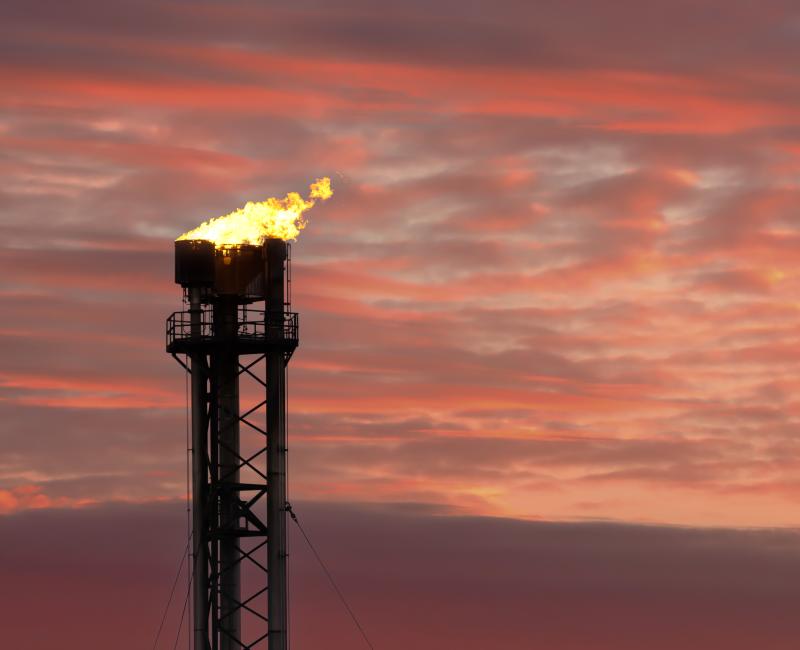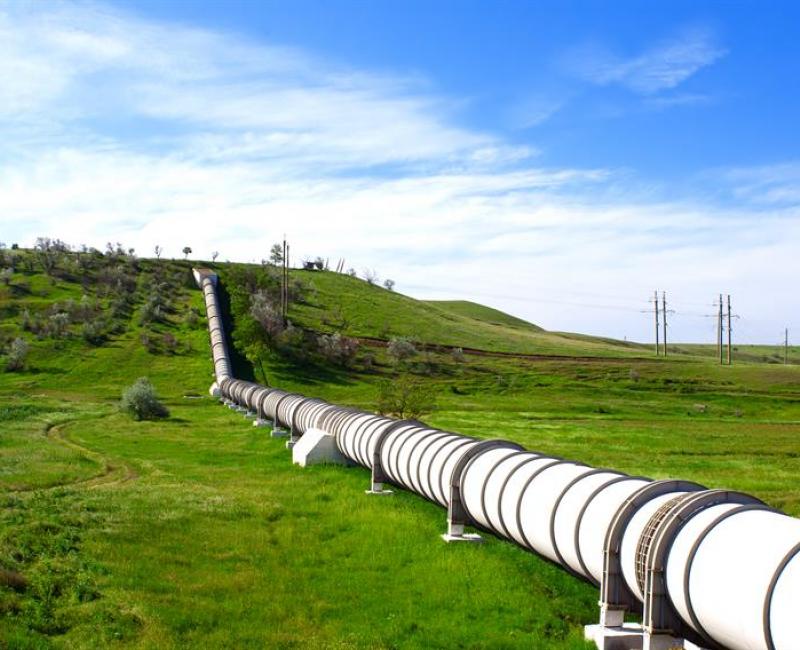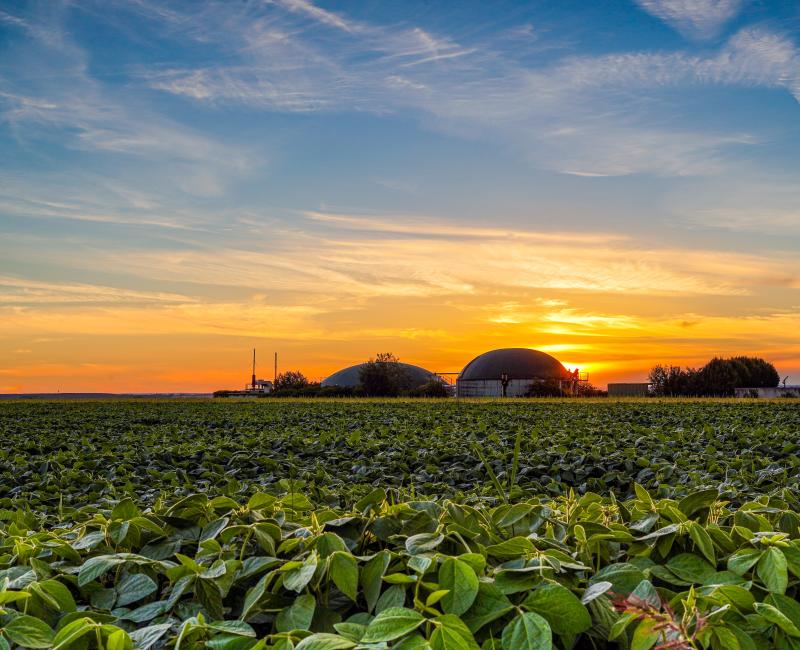Decarbonisation of Gas
The current situation

Currently, gaseous fuels used in the European Union are dominated by natural gas, a fuel of fossil origin. Natural gas is composed mostly of methane and is consequently associated with greenhouse gas emissions of carbon dioxide when the natural gas is used as fuel or as methane when the natural gas is produced, processed, transported and used.
Decarbonisation of gas can be achieved by different ways and means. In other words, decarbonisation entails different ways by which the greenhouse gas emissions associated with the life cycle of natural gas from its source to the end user can be avoided, eradicated, or mitigated.
On 15 December 2021, the European Commission published its hydrogen and decarbonised gas market legislative proposals. See the ACER-CEER Position Paper on Key Regulatory Requirements to Achieve Gas Decarbonisation (20 December 2021).
How to decarbonise?

One way to decarbonise natural gas is to find ways to produce methane from renewable resources, such as biomass or natural waste. The resulting fuel is typically biogas (a mixture of methane and other gases) or biomethane (resulting from the separation of methane from the other biogas components).
Another way to decarbonise is to replace the natural gas with a sustainably produced non-methane one. Hydrogen produced via water electrolysis with the help of electricity from renewable resources is an example.
A third way is capturing the carbon contained in the natural gas, either before its use (pre-combustion, for example by converting it in a mixture of hydrogen and carbon dioxide destined for storage) or post-combustion, for instance by capturing the carbon dioxide and placing it in long-term geological storage.
There are other possible ways and means to decarbonise gas apart from the examples above. Methane emissions can be eradicated or minimised by applying a host of common sense practices, such as preventing venting during the exploration and production of natural gas, prohibiting flaring (especially when natural gas is produced as “associated gas” along with liquid hydrocarbons), avoiding fugitive emissions from valves and compressor stations, and making sure that burning is not incomplete.
Many of these “common sense” approaches apply not only to natural gas, but also to methane-containing decarbonised gases. It is therefore important to develop and deploy the relevant regulatory tools and methods for all methane-containing gases, decarbonised or not.
The decarbonisation journey

Decarbonised gases are only produced and used in the European Union on a minor scale, with the bulk being biogas and biomethane. Besides, most of the natural gas is imported (ca. 80%).
The ramping up of gas decarbonisation poses thus numerous challenges, ranging from assuring that the field is level for all available technology options and pathways, to supporting innovation by the right regulation, to monitoring, reporting and verifying greenhouse gas emissions across the entire international gas supply chain, to properly defining “green gases”, to making sure that competition is fair and market integration works.
Across this broad range of issues, ACER is committed to fostering the decarbonisation of the gas sector, by tackling different aspects in its regulatory tasks.
